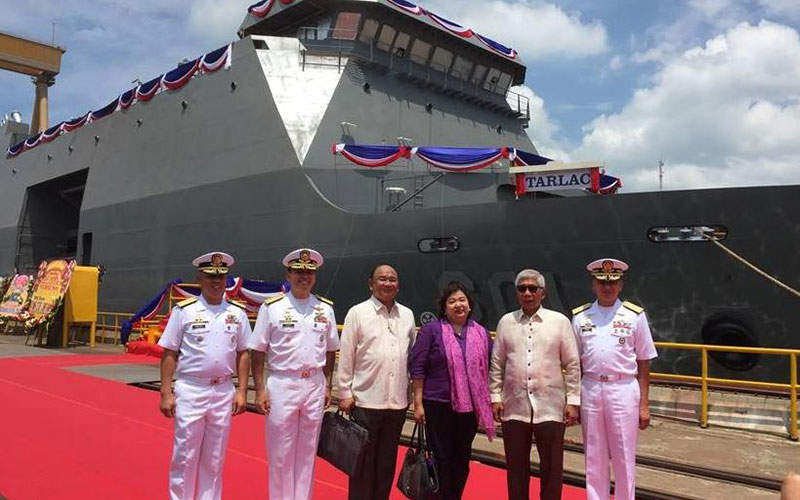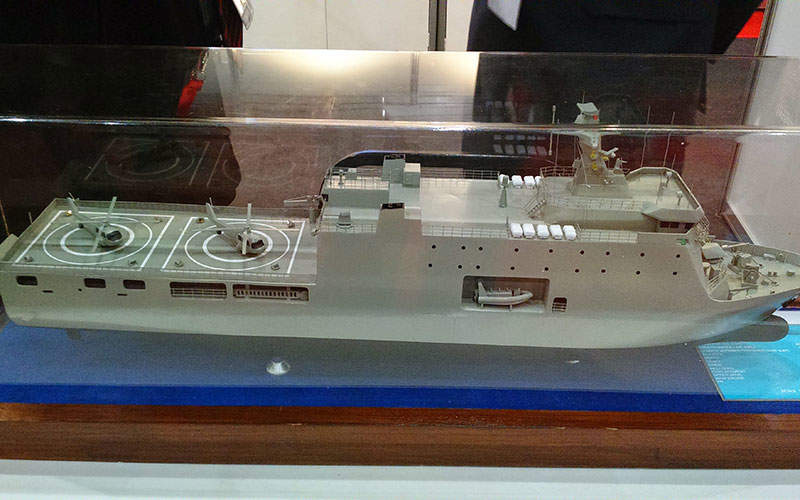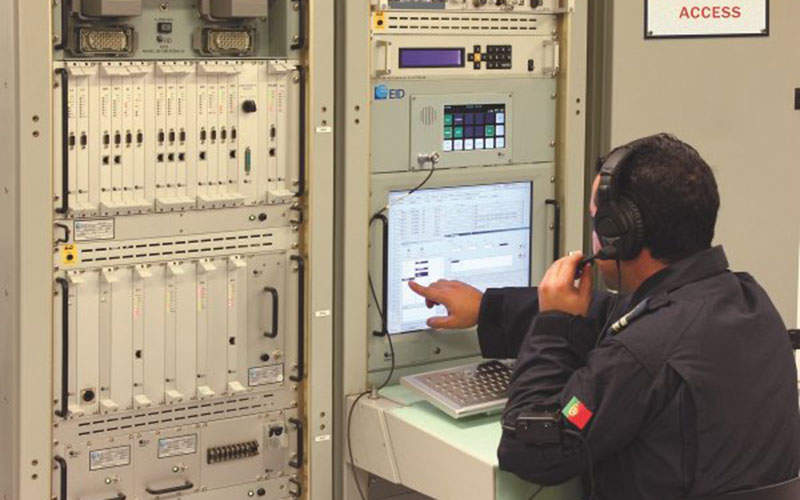Tarlac Class strategic sealift vessels (SSVs) are two identical landing platform ships under construction at the PT PAL shipyard in Surabaya, Indonesia, for the Philippine Navy.
The vessels will be capable of conducting amphibious landing missions and transport tasks, and can also be deployed in secondary missions such as search-and-rescue (SAR), medical aid, humanitarian assistance, and disaster response.
The Philippine Government signed a $92m contract with PT PAL for two amphibious transport ships in June 2014. Construction began on the first SSV in class, BRP Tarlac (LD-601), with the first steel cut in January 2015 and the keel laid down in June 2015. The ship was launched in January 2016 and was scheduled to be delivered in May 2016. It will be the first naval ship exported by Indonesia.
The first steel was cut for the second vessel in June 2015, and the keel was laid in January 2016. The vessel was expected to be delivered by mid-2017.
Tarlac SSV design and technical specifications
The Tarlac Class SSV is a derivative of the Makassar Class landing platform dock (LPD) vessel of the Indonesian Navy, which itself is based on a LPD design from Daewoo Shipbuilding and Marine Engineering (DSME).
The SSV will have a total length of 123m, width of 21.8m and draught of 6m. The length between perpendiculars will be 107.5m. The standard and full load displacements of the vessel will be 7,000t and 11,538t, respectively.
Cargo capacities
The vehicle deck of the ship can house four tanks and four trucks, as well as two light armoured vehicles, while the well deck can accommodate two landing craft utility (LCU) or landing craft vehicle personnel (LCVP). The vessel can also carry two rigid-hulled inflatable boats (RHIBs) on davits.
The stern flight deck can accommodate two medium-sized helicopters. The vessel will also feature a hangar facility for housing a single helicopter.
The SSV can carry 121 crew members as well as up to 500 marines and their equipment. It will offer accommodation facilities for ship’s company and on-board aircrew.
Weapon systems
The main armament fitted on the forward bow deck will be a 76mm gun. The vessel will also be installed with two stern-facing 25mm secondary naval guns, one each on the port and starboard sides.
Radar and communication systems
The SSVs will integrate a navigation radar, surface and air search radar, and electro-optical fire control system for the main gun system. EID received a contract from DSME and PT PAL to provide integrated communications systems for two SSVs, in June 2015.
The communications suites will include an integrated communications control system (ICCS) and Harris VLF-HF and V/UHF radio systems. The ICCS is in service with more than 130 warships worldwide. The communications suites will be interfaced with other communications subsystems aboard the vessel.
Propulsion
The SSVs will be powered by a combined diesel and diesel (CODAD) propulsion system integrating two MAN 9L28/32A medium-speed engines. Each engine, driving a controllable pitch propeller, will develop a maximum power output of 2,920kW.
The ship will have a maximum speed of 16k and a range of 9,360nmi. It can continuously operate at sea for 30 days.






